Activities under this MOU:
NIT Patna shall employ appropriate methods, techniques, and expertise to conduct the vulnerability assessments. The assessments may include non-destructive testing, structural analysis, documentation of existing conditions, historical research, and evaluation of potential risks posed by natural and man-made factors. Remedial measures and recommendations shall be based on mutual consent as per the requirements of the project. Publications in journals and conferences, scope for further research and development as well as Training programs shall be according to the project proposal given at Annexure-B.
This MOU shall be valid for a period of two years from the date of signing, extendable further based on recommendation of BSDMA based on periodic review on the performance of researchers, quality of work, and quantum of work.
The monuments taken up shall be 54, as per the list obtained from the Archaeological Survey of India. The list of 54 protected monuments of Bihar is provided at Table 1 of Annexure-B.
The following are the natural disasters that afflict the state of Bihar. The protected monuments of Bihar may be located in areas exposed to one or more of these disasters, apart from the man- made ones:
a. Flood Zones: The major affected districts are Araria, Darbhanga, Katihar, Madhubani, Sheohar, Bhagalpur, Muzaffarpur, Purnia, Khagaria, East Champaran. (Group A & B Districts) etc. Patna is prone to urban flooding by incessant rains.
b. Lightning and Thunderstorm Hotspots: The major hotspots are located in Gaya, Nawadah, Aurangabad, Patna, Kaimur, Banka districts etc.
c. Earthquake: The major districts affected are Araria, Darbhanga, Madhubani, Sitamarhi, Supaul, Darbhanga, Saharsa and Madhepura which lie in Zone V-a very high-risk zone. The south-western districts of Arwal, Aurangabad, Bhojpur, Buxar, Gaya, Jahanabad, Kaimur, Nawada, Rohtas and parts of Banka and Jamui lie in Zone III. Remaining districts including state capital Patna lie in Zone IV- High risk zone (Group-A & B).
d. Drought Zones- Entire South Bihar is prone to drought (Group-C) and water scarcity is common during summer. Arsenic and fluoride contamination is also a major concern too.
The aim of this project is to assess the risk and vulnerability of protected monuments in Bihar so that remedial measures are suggested accordingly to safeguard the heritage monuments and to prevent their damage by natural and human induced disasters. The project will analyze and provide valuable insights on the present conditions of these monuments and the measure that need to be adopted for their disaster risk reduction. The project intends initiation of necessary actions towards preservation and/or conservation of the historical importance of these monuments for the society at large for Bihar.
The deliverables shall include but not be limited to:
a) Comprehensive vulnerability assessment reports for each protected monument, documenting the findings, analysis, and recommendations.
b) Recommendations for remedial measures, including structural stabilization, restoration, conservation, and disaster resilience, based on the vulnerability assessments.






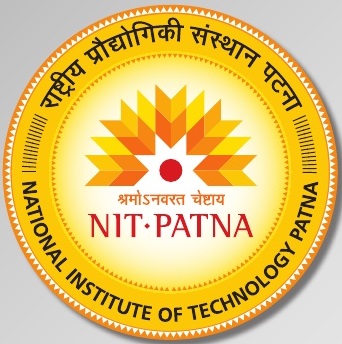
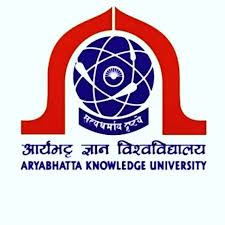
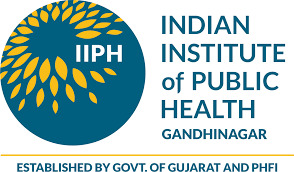




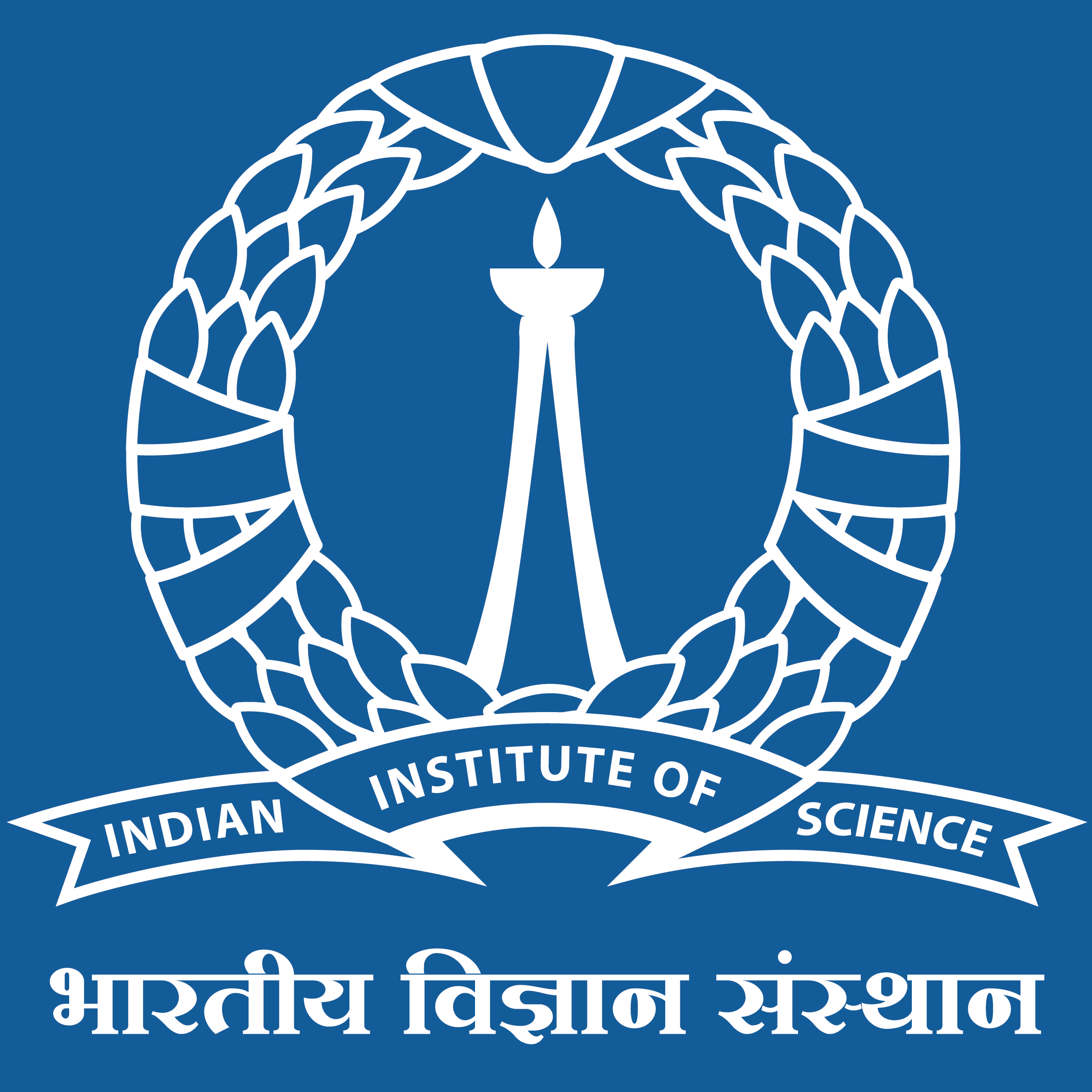




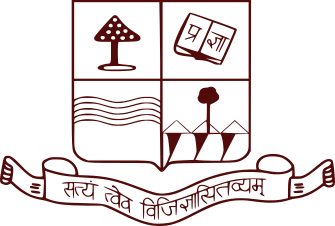

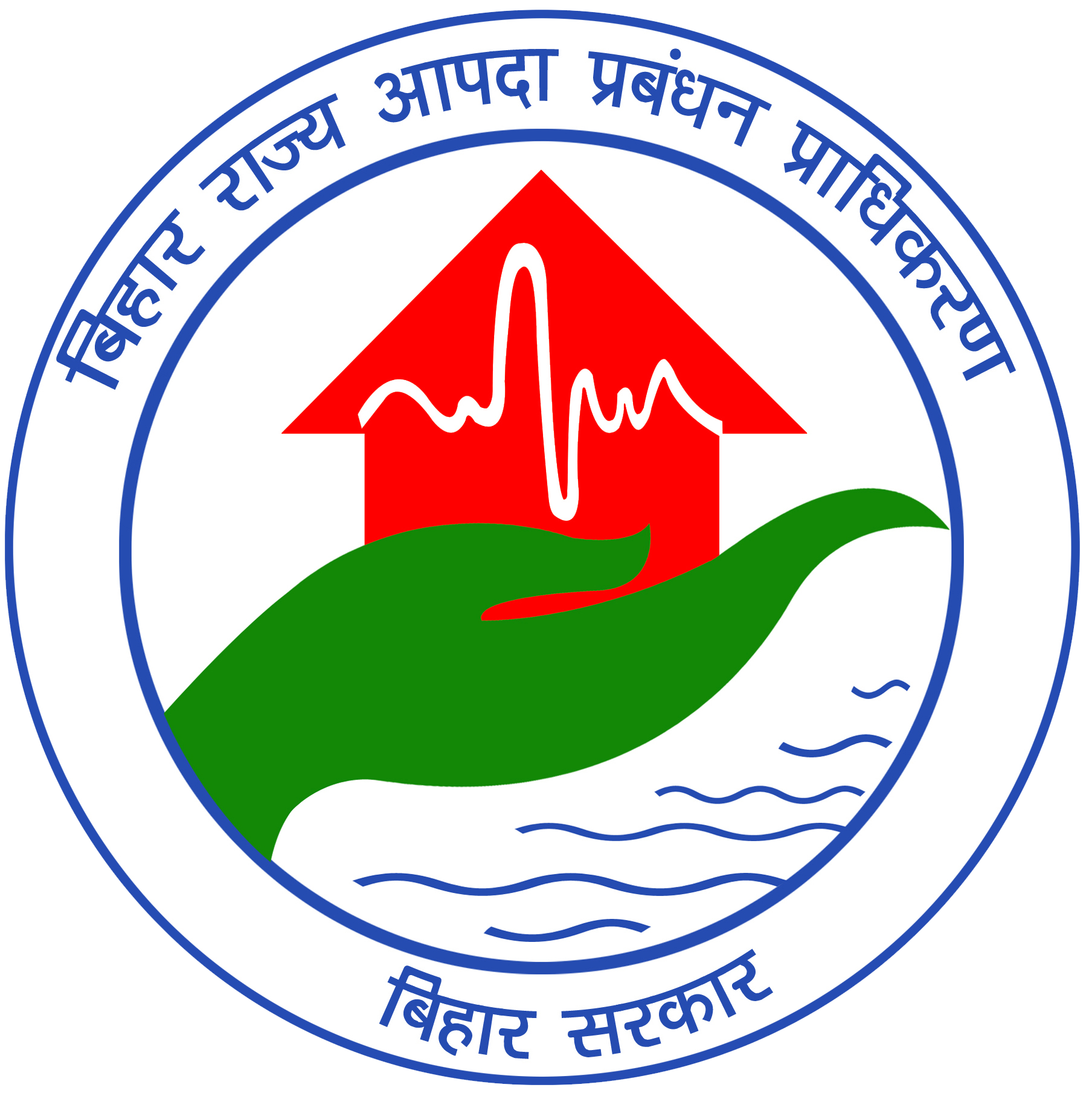 Mascot Chatbot
Mascot Chatbot
 Back
Back
